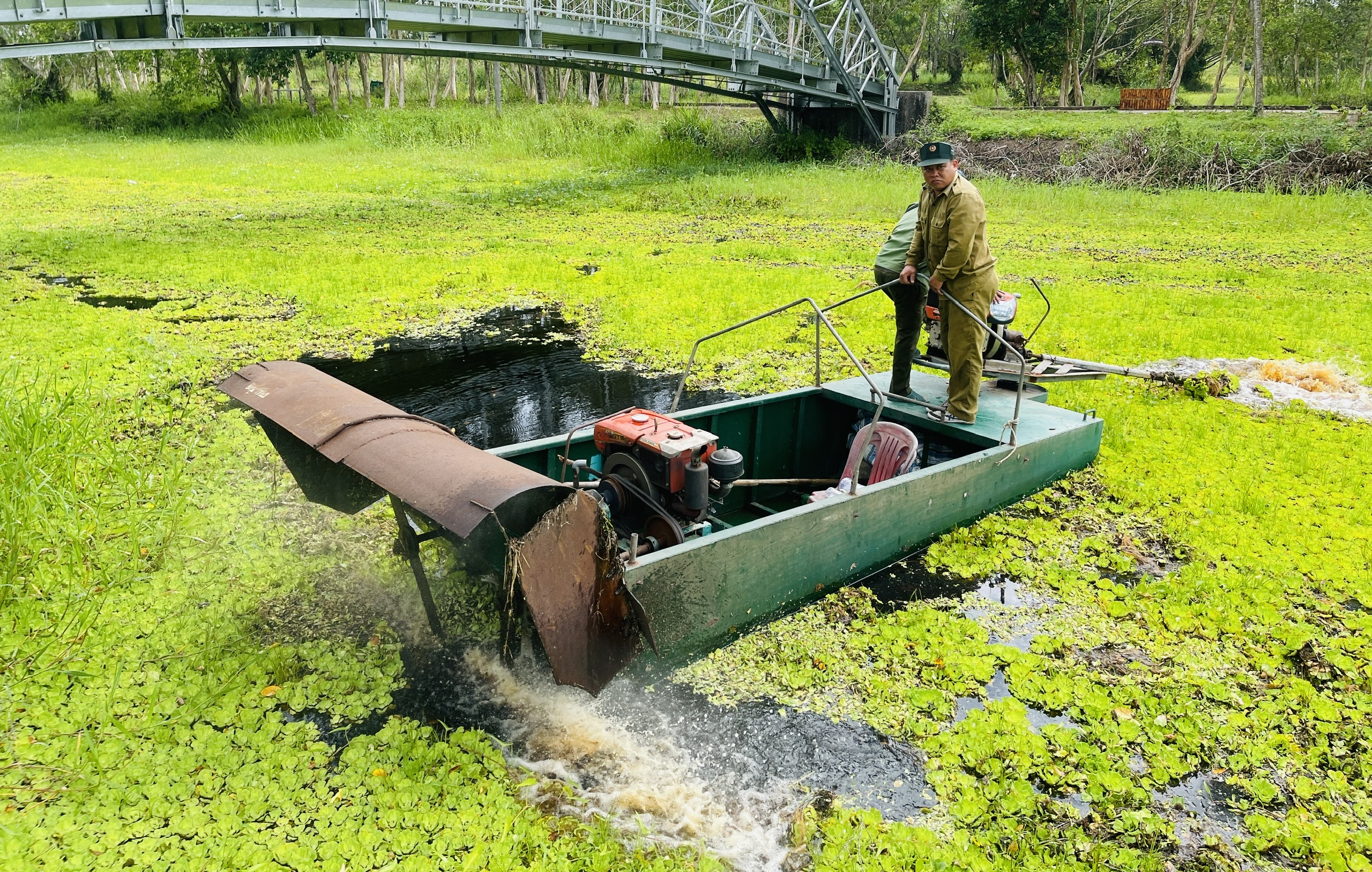The Southern Regional Hydrometeorological Center reported that the current unseasonal rainfall in southern Vietnam is not able to alleviate saltwater intrusion.
According to the center, the disturbance continues to influence the weather in southern Vietnam, bringing a mix of cloud cover and sunshine during the day.
In the early morning, some areas experience light fog, while in the evening and at night, showers, moderate to heavy rain, and thunderstorms are expected.
This unseasonal rain period coincides with the peak of saltwater intrusion in the region.
From February 21 to 28, the highest salinity levels of the week are expected in the second half, reaching or exceeding the same levels as 2024 and the multi-year average.
Notably, stations on the Cua Tieu and Co Chien river branches are reporting lower salinity levels than the same period last year.
During this saltwater intrusion event, areas affected by salinity of 4‰ span across most river branches in the south, with the affected period lasting all week.
The 4‰ salinity boundary is expected to reach approximately 45-50 km inland from the Tien River mouth and 42-47 km from the Hau River.
Although unseasonal rainfall continues, it is insufficient to mitigate the salinity intrusion.
The meteorological agency has issued a level 2 out of 4 natural disaster risk warning for salinity intrusion in southern rivers, highlighting the negative impact on irrigation, daily life, and local production.
The National Center for Hydro-Meteorological Forecasting reports that saltwater intrusion during the current 2024-25 dry season is above average but less severe than the records in the 2015-16 and 2019-20 dry seasons.
Saltwater intrusion is expected to peak this month and in March, influenced by water levels from the upper Mekong River and high tides.
Local authorities are advised to stay updated with forecasts and take preventive actions against saltwater intrusion.
Like us on Facebook or follow us on X to get the latest news about Vietnam!





















































